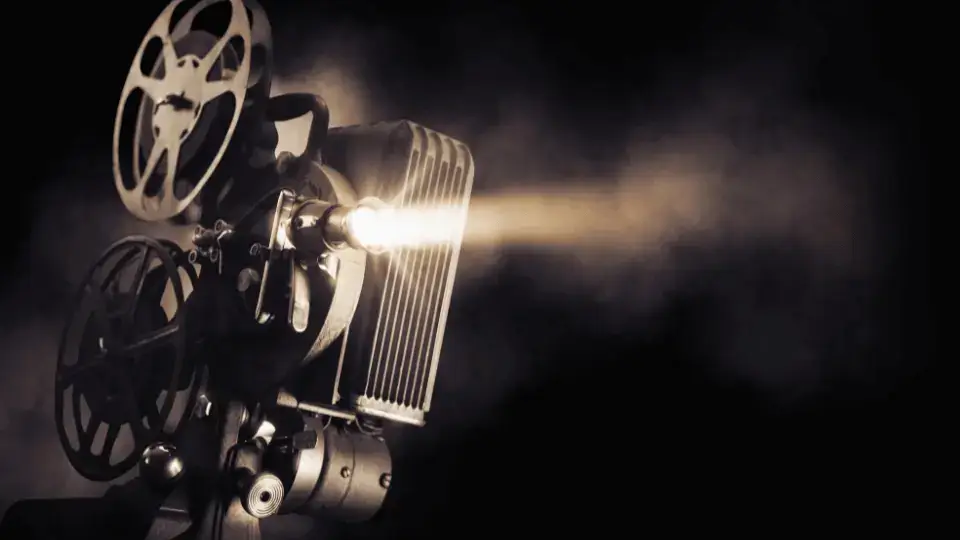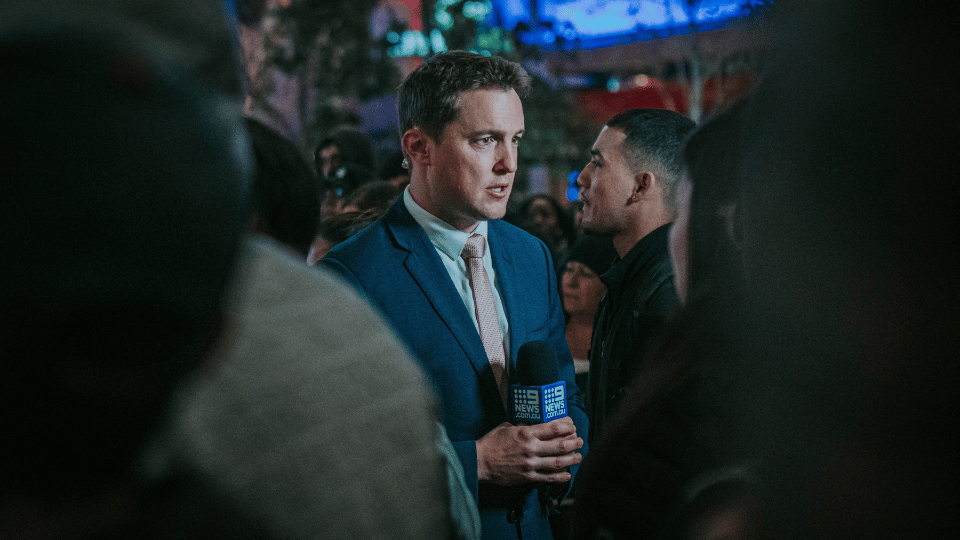Mastering the Art of Cinematography in The Godfather: A Path to Success
The Godfather is considered one of the greatest films ever made, and a significant part of its success can be attributed to its exceptional cinematography. The film’s cinematographer, Gordon Willis, used unique techniques to create a visual language that perfectly complemented the film’s narrative. In this article, we will explore the cinematography of The Godfather and the techniques used by Gordon Willis to create a masterpiece.
Understanding Cinematography in The Godfather
The Godfather is a cinematic masterpiece, and its cinematography is a crucial part of its success. Gordon Willis, the cinematographer, used a combination of lighting, camera angles, and framing to create a visual language that perfectly complemented the film’s narrative.
One of the most significant aspects of The Godfather’s cinematography is the use of shadows. Willis used shadows to create a sense of mystery and intrigue, which perfectly complemented the film’s themes of power, corruption, and family. The film’s opening scene, which features a close-up of a man’s face in darkness, perfectly sets the tone for the rest of the film.
Another important aspect of the film’s cinematography is the use of color. Willis used color to create a sense of mood and atmosphere. The film’s color palette is primarily dark, with a lot of browns and blacks, which perfectly reflects the film’s themes of power and corruption.
The Godfather also features a lot of close-ups, which help to create a sense of intimacy and emotional connection with the characters. Willis used close-ups to emphasize the emotions of the characters, which helped to draw the audience into the story.
The film’s cinematography is also notable for its use of long takes. Willis used long takes to create a sense of realism and to immerse the audience in the story. The long takes help to create a sense of continuity and flow, which is essential in a film with a complex narrative like The Godfather.
Techniques Used by Gordon Willis
Gordon Willis was a master of his craft, and he used a variety of techniques to create the exceptional cinematography in The Godfather. Here are some of the techniques he used:
- Lighting: Willis used lighting to create a sense of mood and atmosphere. He used shadows to create a sense of mystery and intrigue, and he used low-key lighting to create a sense of darkness and danger.
- Camera Angles: Willis used a variety of camera angles to create a sense of perspective and to emphasize the emotions of the characters. He used low angles to create a sense of power and dominance, and he used high angles to create a sense of vulnerability.
- Framing: Willis used framing to create a sense of intimacy and emotional connection with the characters. He used close-ups to emphasize the emotions of the characters, and he used medium shots to create a sense of spatial awareness.
- Long Takes: Willis used long takes to create a sense of realism and to immerse the audience in the story. The long takes help to create a sense of continuity and flow, which is essential in a film with a complex narrative like The Godfather.
Key Takeaways
The cinematography of The Godfather is a masterclass in visual storytelling, and it offers valuable lessons for aspiring filmmakers. Here are some key takeaways from the film:
- Lighting, camera angles, and framing are essential elements of cinematography, and they can be used to create a sense of mood, atmosphere, and emotional connection with the characters.
- The use of shadows, color, and long takes can help to create a sense of realism and immersion in the story.
- Close-ups are a powerful tool for emphasizing the emotions of the characters and creating a sense of intimacy with the audience.
- The Godfather is an excellent example of how cinematography can enhance the narrative of a film and contribute to its overall success.
If you are interested in pursuing a career in the film and TV industry, consider taking the NYU Film and TV Industry Essentials online course and certificate program. This program offers valuable insights into the film and TV industry and can help you develop the skills you need to succeed in this competitive field.








